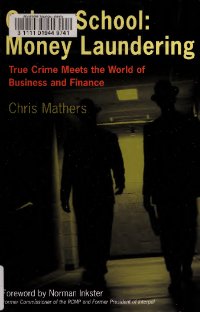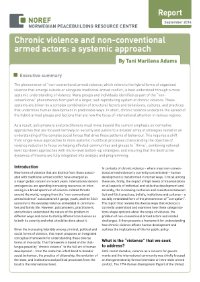By The Donkey Sanctuary
The global donkey population is estimated at 44 million(1) and is largely associated with economically developing nations where donkeys are predominantly working animals. The donkey’s role socially, culturally and economically varies widely depending upon the communities in which it lives and works. Its traditional, domesticated roles have included packing, riding, ploughing and carting, with lesser roles in entertainment and food production. Whilst the role of the donkey as a production animal has been evident throughout history, with records of donkey meat and milk being prized by the ancient Egyptians(2), the consumption of products of donkey origin was limited in the 20th century, with a re-emergence noticed in the 21st century. During the last three years The Donkey Sanctuary has become aware of an emerging interest in the use of donkeys as production animals, with the most highly valued products being skins (often referred to as hides), meat and milk. Global demand for diverse products of donkey origin has escalated rapidly, with a particular interest in the premium products resulting from donkey skins.
Sidmouth, Devon, UK: The Donkey Sanctuary, 2017. 32p.





















